
views
Making a Soap-Based Insecticide Spray to Kill Bugs
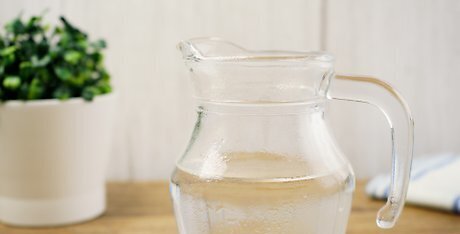
Choose soft or distilled water. The most effective water to use for this is soft water. If your tap water is soft, then you can use it to make the soap-based insecticide. Otherwise, use distilled water, which has had the minerals removed. The minerals in hard water can prevent the soap from dissolving, and this will make the spray less effective.
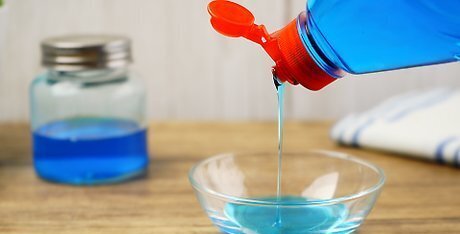
Choose a liquid hand or dish soap. Soaps have long been used to control many insects in the garden. The ideal soap is a liquid soap, such as castile soap, like Dr. Bronner’s, liquid hand soap, or liquid dishwashing soap, such as Dawn. Avoid powders, bar soaps, and detergents. Insects that can be controlled with liquid soap include: Aphids Japanese beetles Spider mites Mealybugs Boxelder bugs Whiteflies Psyllids Cockroaches Young scales
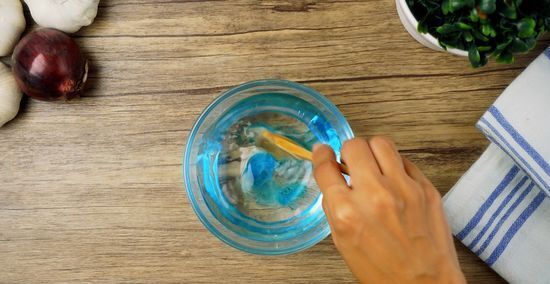
Combine the soap and water. Pour the water into a large bowl. Pour in the liquid soap and gently stir the mixture to distribute the soap in the water. Don’t stir too vigorously, or you'll cause the soap to create suds. You want to dissolve the soap in the water.
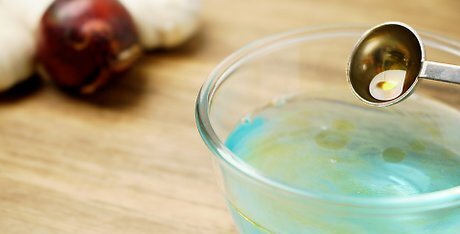
Stir in additional ingredients if desired. There are different ingredients you can add to your soap-based insecticide to make it more effective for different bugs and problems. Two of the most popular include neem oil and vinegar. Neem oil is a plant-derived insecticide that’s effective for controlling beetles, cabbage worms, beet armyworms, fungus gnats, and thrips. The oil will also help the soap residue stick to leaves, insects, and eggs. Apple cider vinegar is effective at killing powdery mildew, which is a fungal disease that can affect many plants.
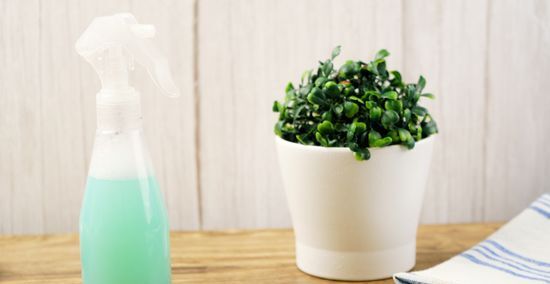
Transfer the mixture to a spray bottle. Insert a funnel into the mouth of a spray bottle. Pour the soap mixture into the spray bottle and remove the funnel. Screw on the spray lid. This will make the soap mixture easier to apply directly to the insects on your plants. To store leftover insecticide, transfer the mixture to an airtight container and store it at room temperature for up to a year.
Applying Homemade Soap-Based Insecticides
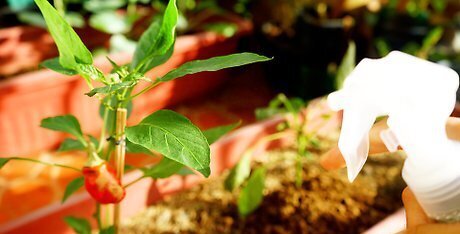
Spray plants in the morning or evening. Soap-based insecticides have to be sprayed directly onto the insects in order to work, and this usually means spraying the leaves. Spraying the leaves on a hot day or in the middle of the day can cause the leaves to burn. The best time of day to apply the spray is in the early morning or late evening.
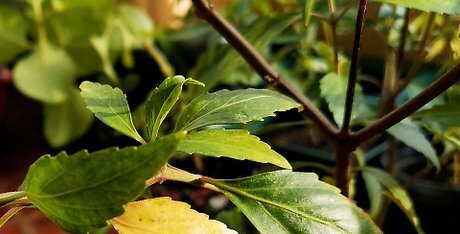
Avoid spraying plants that are sensitive to soap. Soap can damage or kill some plants, and you shouldn’t use soap-based insecticides on these varieties. In particular, plants to avoid include: Sweet peas Cherries Plums Portulaca Certain tomato varieties
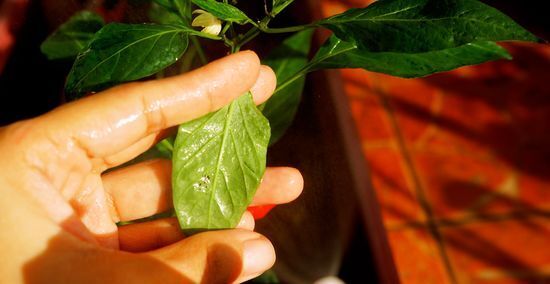
Test the spray on a few leaves. To make sure that the soap spray won’t damage your plants, it’s important to test a small area before applying the solution liberally. Pick a few leaves that are infested with bugs and spray the top and bottom of the leaves to coat the insects. Leave the spray for 2 days and then check the leaves for damage. If the leaves were damaged by the spray, dilute the solution and test it again. If the leaves are healthy, apply the spray to larger areas.

Dilute the soap concentration if necessary. Most soap-based insecticides use a 2 percent soap solution. For plants that reacted badly or were damaged by the soap, try reducing the soap concentration to 1 percent. To make this concentration from scratch, combine 4 cups (940 ml) of water with 2 teaspoons (10 ml) of liquid soap. You can also add 4 cups (940 ml) of water to a pre-made batch of 2 percent soap solution.

Apply the spray liberally to the insects. Identify leaves and plants that are infested with bugs and spray the solution on the top and bottom of the leaves. The spray must come into contact with the insects directly, otherwise it won’t work. Spray the stems and soil if necessary. Leave the spray on the leaves for a few hours.
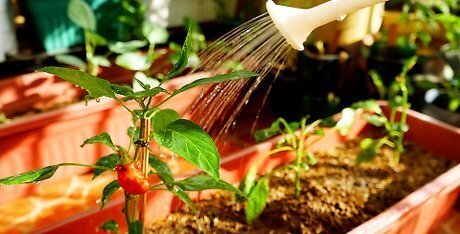
Rinse the leaves with water. After a few hours, take a garden hose or spray bottle with plain water and spray the leaves you treated. This will wash off the excess soap solution and help prevent injury to the plants.
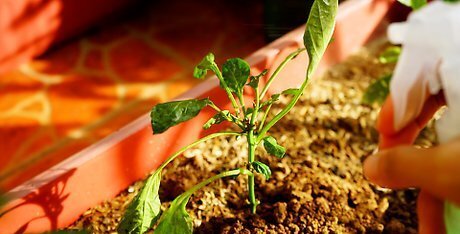
Repeat as needed for up to a week. Because the spray must come into contact with the insects to work, you may need to apply the spray multiple times. Spray the affected plants daily for 4 to 7 days, or until the pests are dead. If you find you still have bugs after a week, try the mixture with a different soap, or use a commercial insecticide instead.
Making a Garlic Insecticide and Bug Repellent
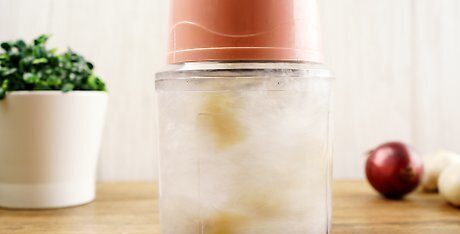
Puree the garlic with some distilled water. Transfer all the cloves of peeled garlic to a blender or food processor. Add 1 cup (235 ml) of distilled water. Process the mixture for 1 to 2 minutes, until the garlic is a smooth paste. Garlic contains sulfur compounds that repel a variety of insects. By adding garlic to your soap-based insecticide, you'll be able to kill bugs and deter others from returning. If you don’t have a blender or food processor, combine the garlic and water in a mason jar and use an immersion blender to puree it. If you don’t have any blending equipment, mince the garlic with a garlic press or sharp knife.
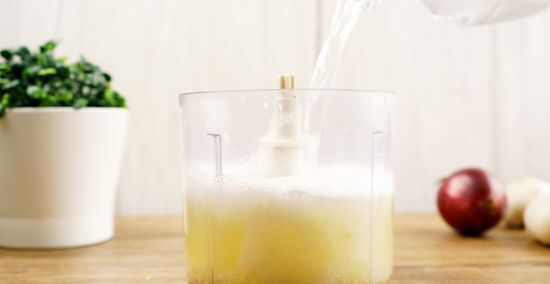
Add the remaining water. Pour the other 3 cups (705 ml) of water into the blender. Puree the mixture for another 1 to 2 minutes to fully liquify the garlic and incorporate the sulfur compounds into the water.
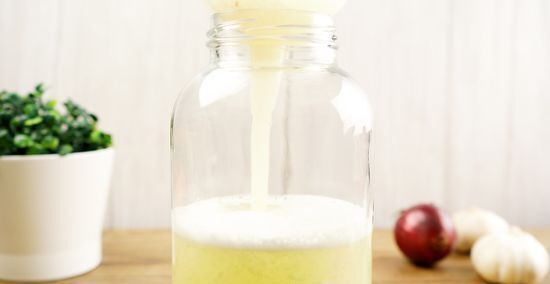
Combine the soap and garlic water in a mason jar. Pour the garlic water into a large mason jar. Add the soap and gently stir to combine the ingredients. You just want to dissolve the soap in the water, not create suds. Put the lid on the mason jar. Good soaps to control insects include liquid hand soap, castile soap, and liquid dish soap.
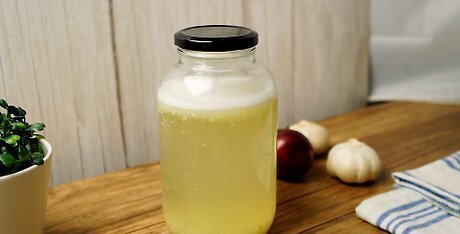
Leave the mixture overnight. Set the mixture aside on the counter and leave it to steep for 12 to 24 hours. This will give the garlic plenty of time to infuse the water with the insect-repellent sulfur compounds.
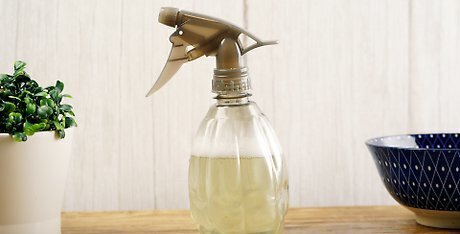
Strain and bottle the mixture. Place a piece of cheesecloth inside a fine-mesh strainer, and place the strainer inside a large bowl. Pour the garlic mixture into the strainer so the water will drain into the bowl below. Transfer the strained garlic water to a spray bottle and screw on the lid. Leftover mixture should be stored in an airtight container in the refrigerator. Because this insecticide contains garlic, use leftovers within a week.
Making a Chili Pepper Insecticide
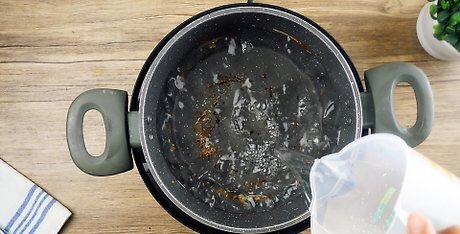
Place 1 gallon (3.8 L) of water to a pan. Make sure that your pot is large enough to boil the water without spilling over. You will need to be able to boil the mixture for an extended period.
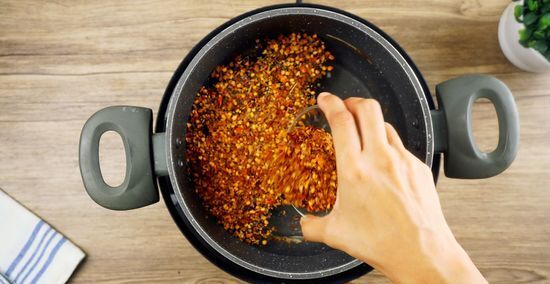
Add 3 tablespoons (15 ml) of dry pepper or 10 chopped fresh peppers. You can use cayenne, jalapeno, or habanero peppers. Stir the peppers into the water.
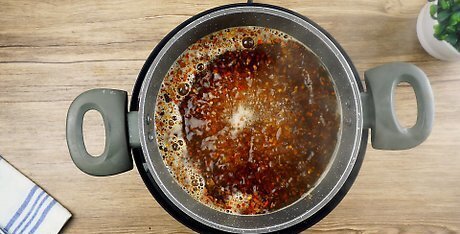
Boil the mixture for 15 minutes. This will speed up the process for making your insecticide because the heat will release the pepper oils into the water. Watch the pot to make sure that it doesn't overflow. Be sure to wear gloves while handling hot peppers.

Turn off the heat and let it steep for 24 hours. This will allow the peppers to infuse the water with their properties, creating the insecticide. You can also skip boiling and let the mixture steep for 36 to 48 hours.
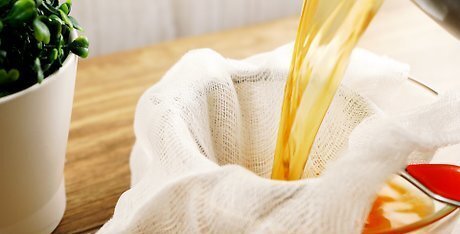
Strain the pepper from the water using a cheesecloth. Place a clean bowl under the cheesecloth, then pour the mixture over it. You should have a pepper-infused liquid remaining.
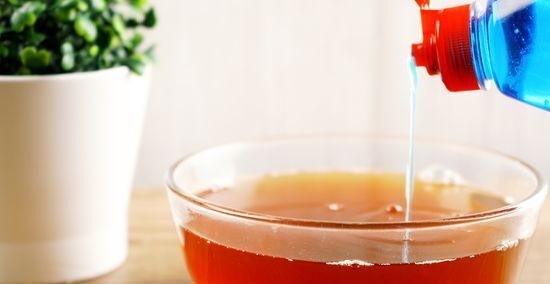
Add a few drops of dish soap. This will help your insecticide stick to the plants, allowing it to work. You don't need much soap - just a few drops.
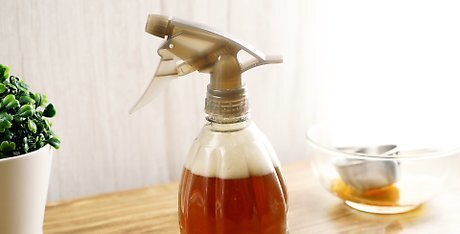
Pour your mixture into a spray bottle. This will make it easier to use on your plants. Make sure to label the bottle so that you know what it is.
Making All-Purpose Garlic, Onion, and Pepper Insecticide
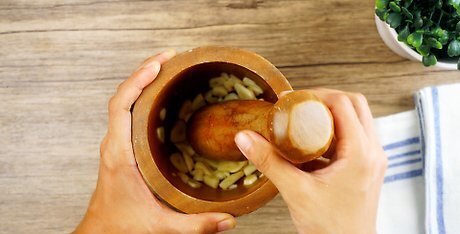
Crush a garlic bulb, creating a paste. Peel the garlic and then chop it into small pieces. Using either a mortar and pestle or a spoon and bowl, mash the garlic until it becomes a paste.
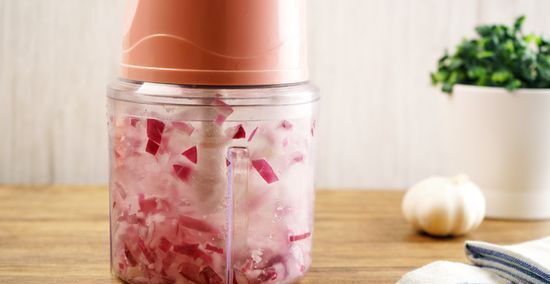
Blend a small onion into a paste. Peel the onion, then chop it into smaller pieces. Place the pieces into a blender and liquefy them. If you don't have a blender, you can try to mash the onion by hand with a vegetable chopper.
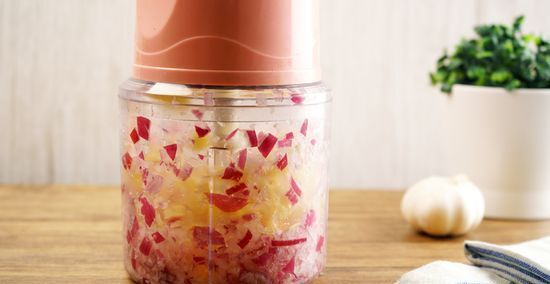
Mix the garlic and the onion. Add the garlic to the blender and combine the two ingredients. You should have a thick, well-blended liquid.

Add 1 teaspoon (5 ml) of powdered cayenne pepper. Blend all of the ingredients together until they are well-mixed. If you do not have a blender, you can stir the ingredients together in a large bowl.

Pour 1 quart (490 ml) of water into the mixture and let it steep. Set a time for 1 hour. This will allow the garlic, onion, and pepper to infuse the water with their properties, creating your insecticide.
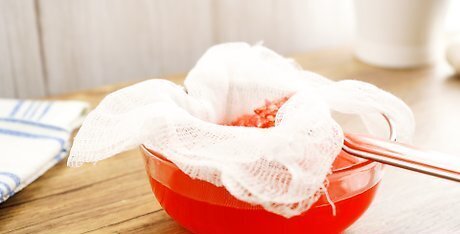
Strain away the liquid through cheesecloth. Pour the liquid over the cheesecloth, catching the solid substances. You should have a bowl of infused water when you are finished.
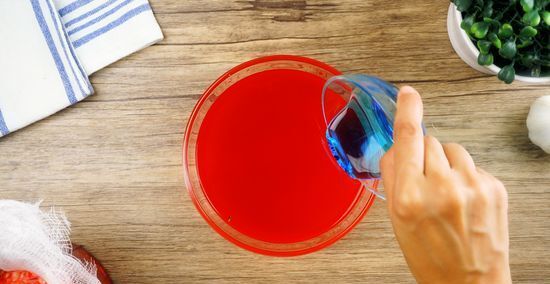
Add 1 tablespoon (15 ml) of liquid dish detergent to the water. Mix them well to create your insecticide. Pour the liquid into a spray bottle, then spray onto plants.
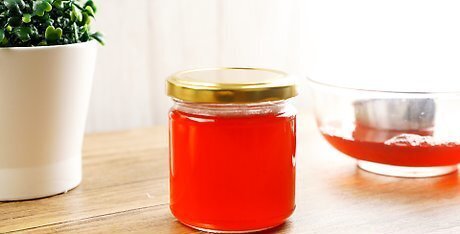
Store the insecticide in the refrigerator for up to a week. Cover and label your container. You will need to replace your insecticide on a weekly basis, as it will lose its potency.
Making a Tomato Leaf Insecticide
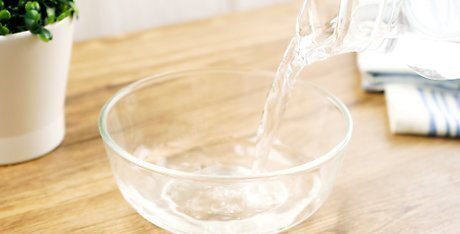
Pour 2 cups (473 ml) of water into a large bowl. Your bowl needs to be large enough to hold at least 4 cups. To protect your counter or table, place the bowl on a towel.

Add 2 cups (473 ml) of tomato leaves to the water. It's best to use finely chopped tomato leaves harvested from the bottom of the plant. Stir the leaves into the water and let them sit. A tomato is a member of the nightshade family and produces a natural repellent to aphids
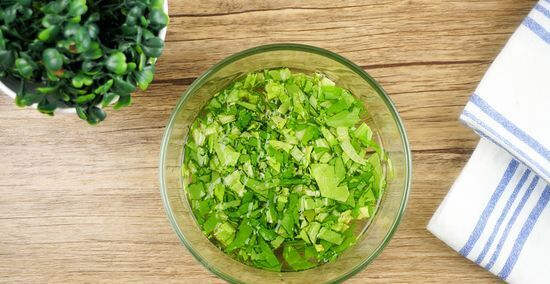
Allow the water to steep overnight. Cover your bowl with a towel to keep out dust, pests, and debris.The tomato leaves will infuse the water and create an insecticide.
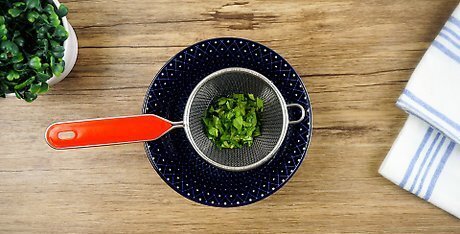
Strain the leaves from the mixture using a colander or strainer. Place a clean bowl under the colander or strainer, then pour the mixture into the colander or strainer. You will now have a bowl of concentrated tomato-leaf infused water.

Add 2 cups (473 ml) of additional water. Since your insecticide is concentrated, you need to add more water before using it. Stir the water to evenly mix.

Pour the liquid into a spray bottle. Make sure that you label the bottle. Your insecticide is now ready for use.
Identifying Insects and Problems in the Garden

Look for holes in the leaves. There are different types of insects that can be problematic in the garden, including ones like caterpillars and beetles that chew holes in leaves. These types of bugs can cause a great deal of damage to plants, so you should take steps to get rid of them. Along with using insecticide to treat caterpillars and beetles in the garden, you can also remove them by hand. Pick the bugs off the plant with your fingers and drop them into a bucket filled with soapy water.
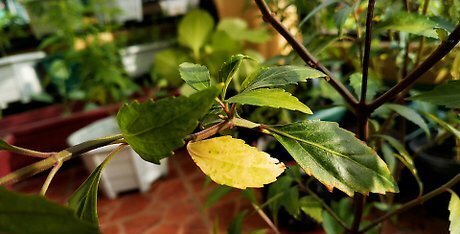
Check for discolored leaves. White, yellow, or brown discoloration on leaves could indicate that your garden is infested with bugs like mites or thrips. Both of these insects suck juices from plants and can cause leaves to discolor and die. When treating for thrips and mites, spray foliage, buds, and the soil around the plant. Thrips are a tiny winged insect with a slender body.

Inspect leaves for distortion. Distortion such as curling and gnarling leaves indicate the presence of leafhoppers, stinkbugs, and aphids in the garden. These insects suck sap from plants, and this causes the leaves to distort and drop off. These bugs can be treated by spraying the plants with water, but use insecticide for more severe infestations.

Look for fuzzy black, white, and yellow spots. Fungi and other similar organisms can infest plants as well. In particular, blackspot mold, powdery mildew, and downy mildew can cause fuzzy or powdery spots on leaves. These problems are not caused by insects, so they can't be controlled with insecticide. The best way to control these issues is to prevent them by watering plants from below so the leaves don’t get wet. Remove any leaves that show signs of infection.



















Comments
0 comment